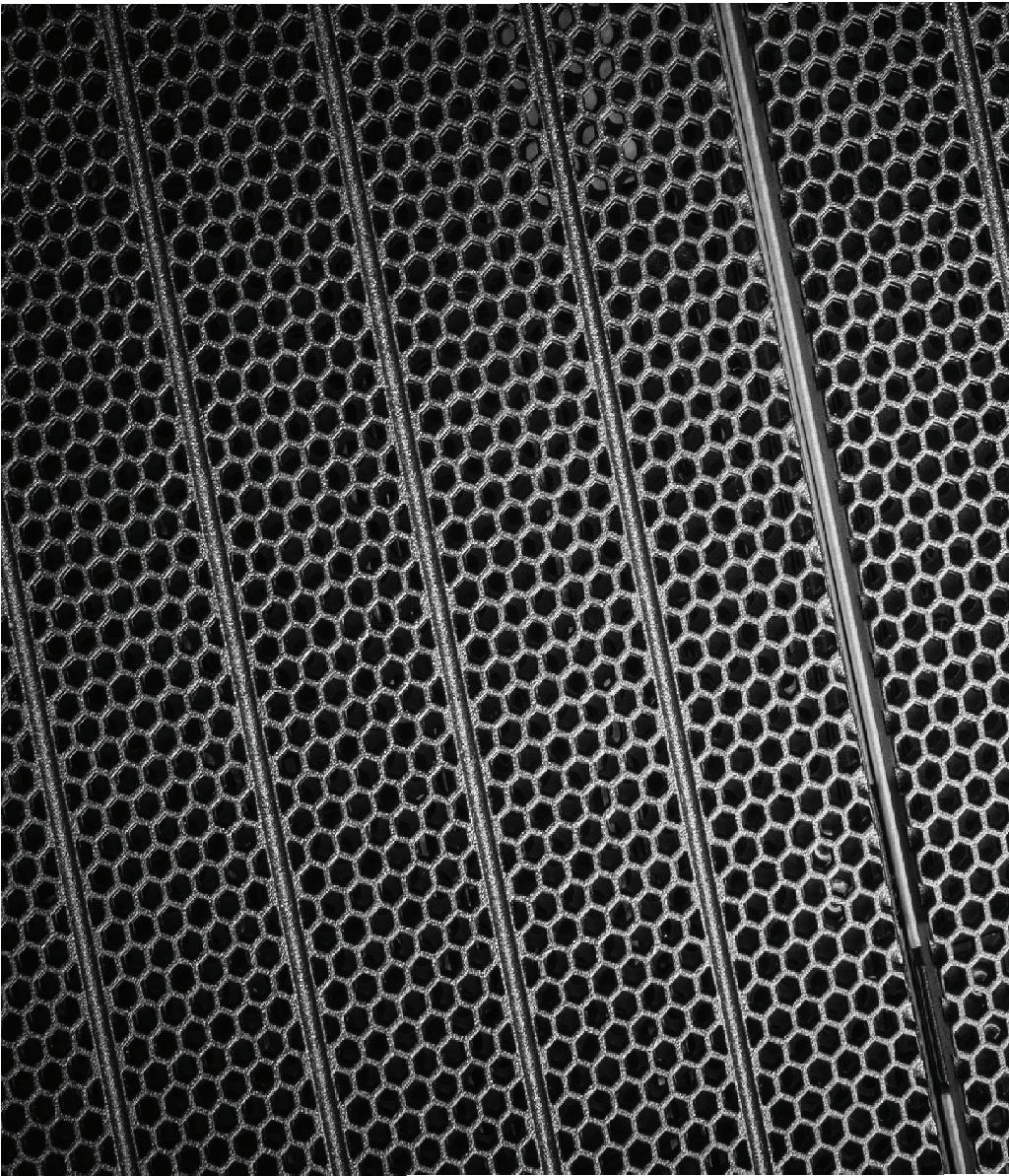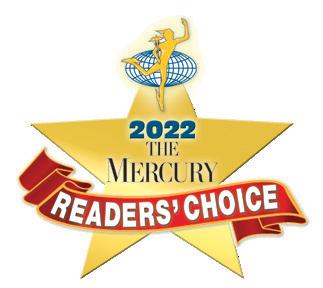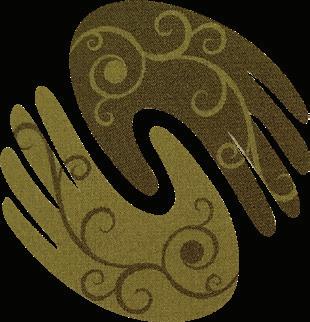
1 minute read
Exercise and the heart
by: Jennifer Sutera
Do you know that the heart is considered the most important muscle in your body? And that over the course of your life, your heart does more work than any other muscle? Unfortunately, as most people age, their hearts get smaller and weaker. This can also contribute to blood vessels becoming smaller and weaker as well.
Advertisement
So, how do we keep our heart strong? The same way we keep muscles strong! We work the muscle. We exercise, move, and become more active to strengthen that very important muscle, our hearts!
Consider these facts: Over time, exercise increases the size of the heart’s chambers and also conditions the heart. As a result, the heart relaxes more easily and pumps more efficiently because it requires less effort to send blood throughout the body. Sounds good, right?
Regular cardio-based physical activity enables the heart to achieve improved blood flow in the small vessels around it, where blockages of fatty deposits can build over time. Better circulation in these areas may prevent heart attacks. Aerobic exercise improves circulation, which results in lowered blood pressure and heart rate. Physical activity triggers changes in your blood vessels, muscles, metabolism, and brain — all of which promote better heart health!
Not only does “cardio” exercise improve the heart, but regular resistance training or weightlifting in adults improves heart health by decreasing blood pressure and improving cholesterol by lowering “bad” cholesterol, while improving “good” cholesterol. Resistance training can also lower “resting” blood pressure. So, how much or how hard do we have to exercise?
Keep in mind that any amount of exercise can be beneficial and can help control or modify the risk factors for heart disease. But if you want something more measurable, work at your target heart rate. Simply substract your age from 220. This is your maximum heart rate. Target heart rate during moderate intensity activity is about 50-70% of maximum heart rate, while during vigorous intensity activity is about 70-85% of maximum heart rate. According to the current Physical Activity Guidelines for Americans, it is recommended that adults need 150 minutes of moderate-intensity physical activity or 75 minutes of vigorous physical activity and 2 days of muscle strengthening activity every week.
As we focus on our hearts this month, remember that exercise-induced changes can prevent or improve all the major risk factors that contribute to heart disease, including high blood pressure, diabetes, obesity, and unhealthy cholesterol levels.
(If exercise is new to you, please consult with a medical professional and consider working with a certified personal trainer.)
Jennifer Sutera is a Masters Degree Certified Personal Trainer. For more information on Personal training, call 215.622.6285 or on the web at: amrehab.net.
























